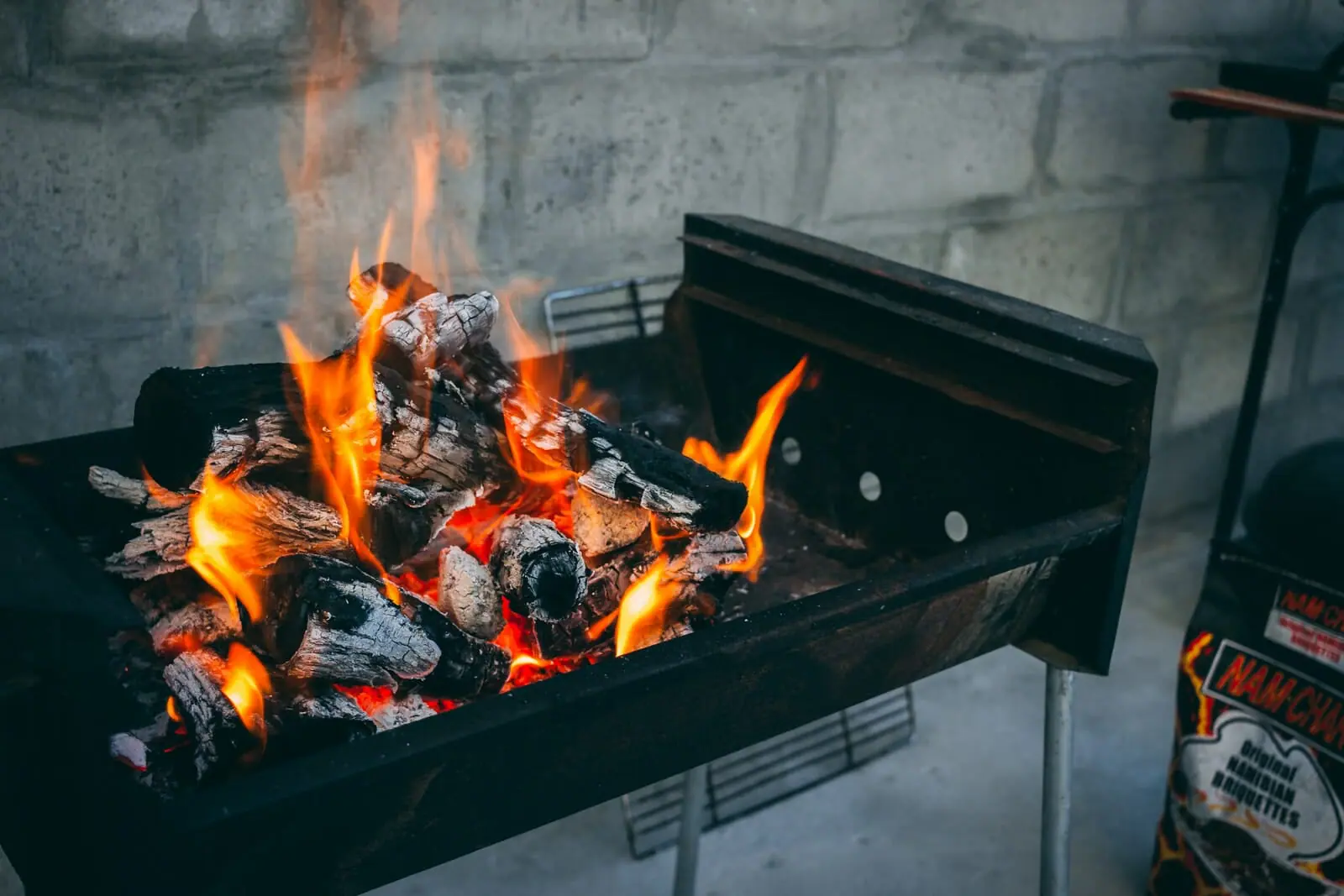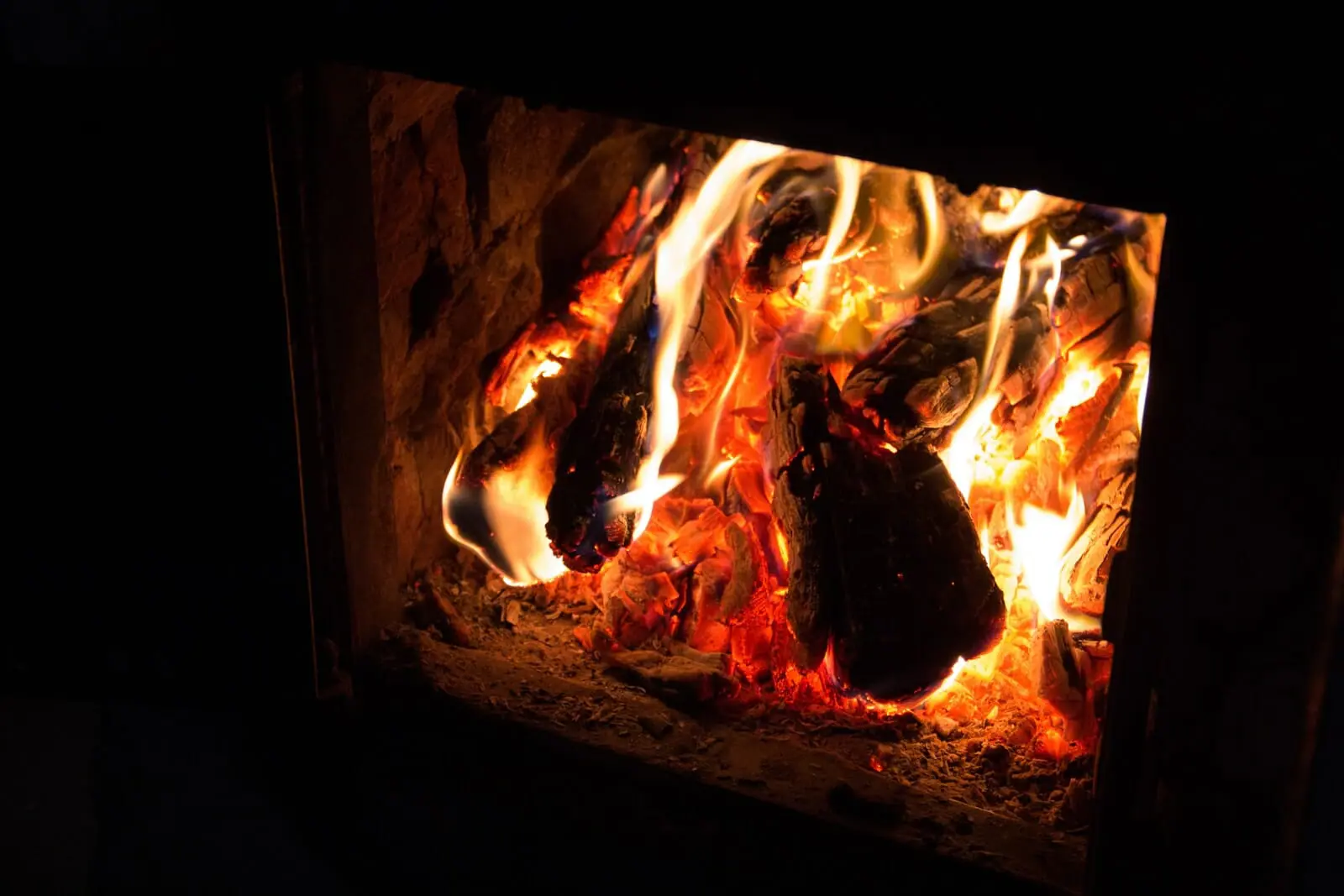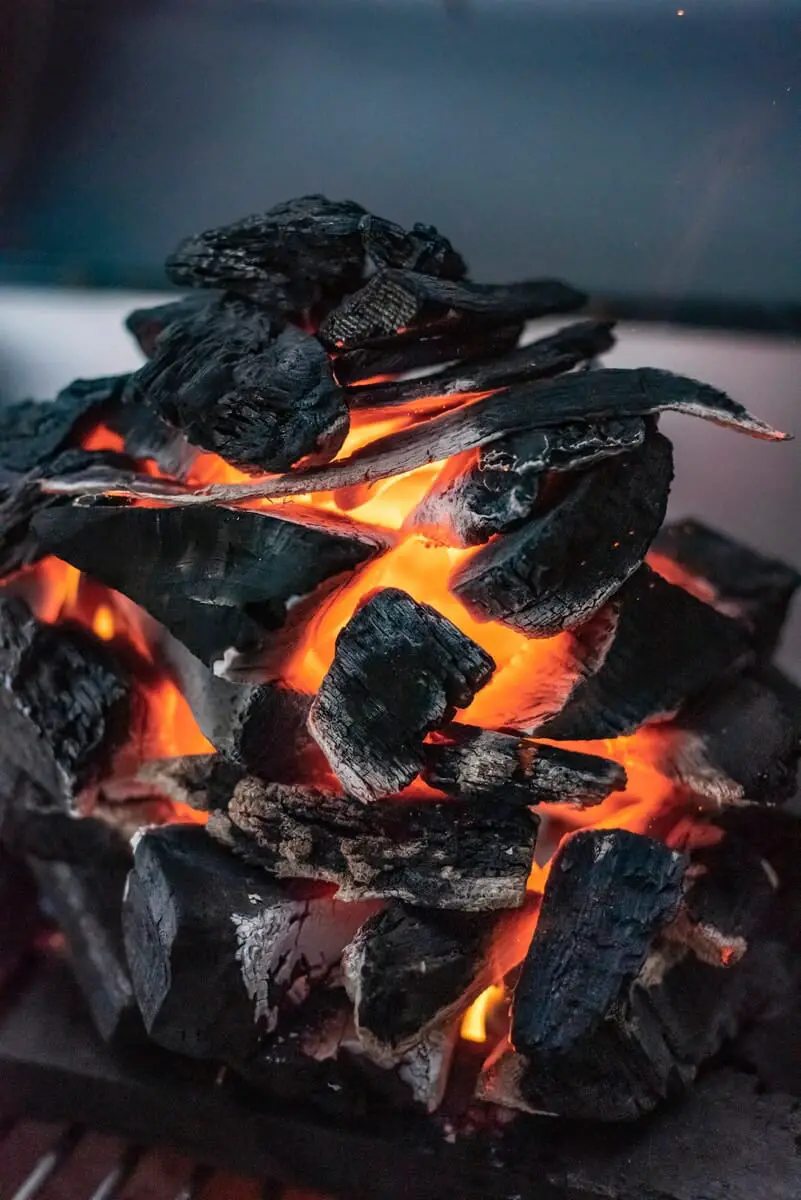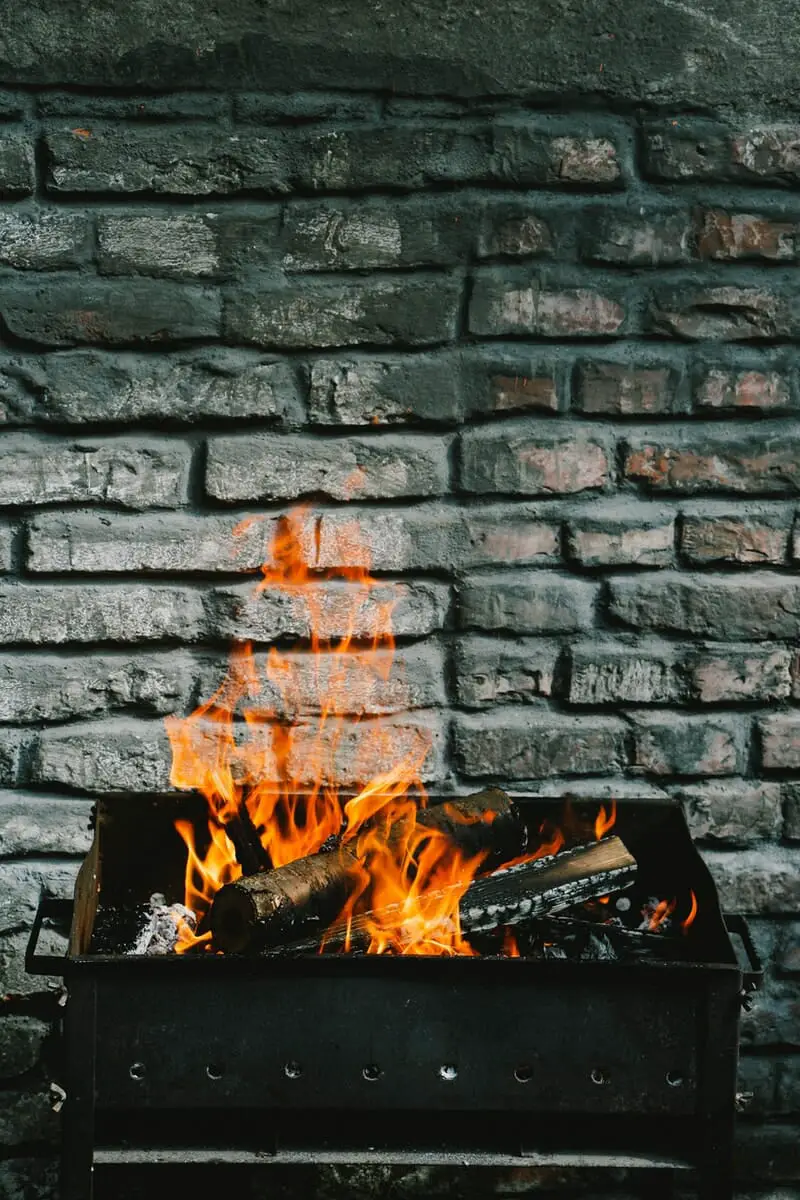- Coal fireplace inserts can provide 10 to 12 hours heat and burns stronger and longer than other fuel types
- This can be a cheaper means of heating your home instead of using an electric fireplace or a gas fireplace
- Other benefits- there’s no moisture issues with coal (especially anthracite) like there is with wood (you need seasoned wood)
- Coal inserts can integrate with multi-fuel stoves and provides excellent heat for the whole home- high volume and high temperature heat
- Anthracite coal is also a smokeless fuel (Taybrite and Phurnacite are also options)
- Cleanup is also easier than with wood
- Coal fireplace inserts can be purchased at FirePlaceDoorsOnline
Coal fireplace inserts can be a great way to improve the efficiency and longevity of your fireplace. They can be used in old as well as new fireplaces and provide you with heating options that include infrared, convection, and radiant heat.
Contents
Coal Fireplace Inserts
The inserted coal is meant to help reduce the amount of wood that you need to use in order to keep the flames going. Add a coal insert to your fireplace, and you can enjoy the benefits of clean and efficient heating all year round.
Types of Coal fireplace inserts
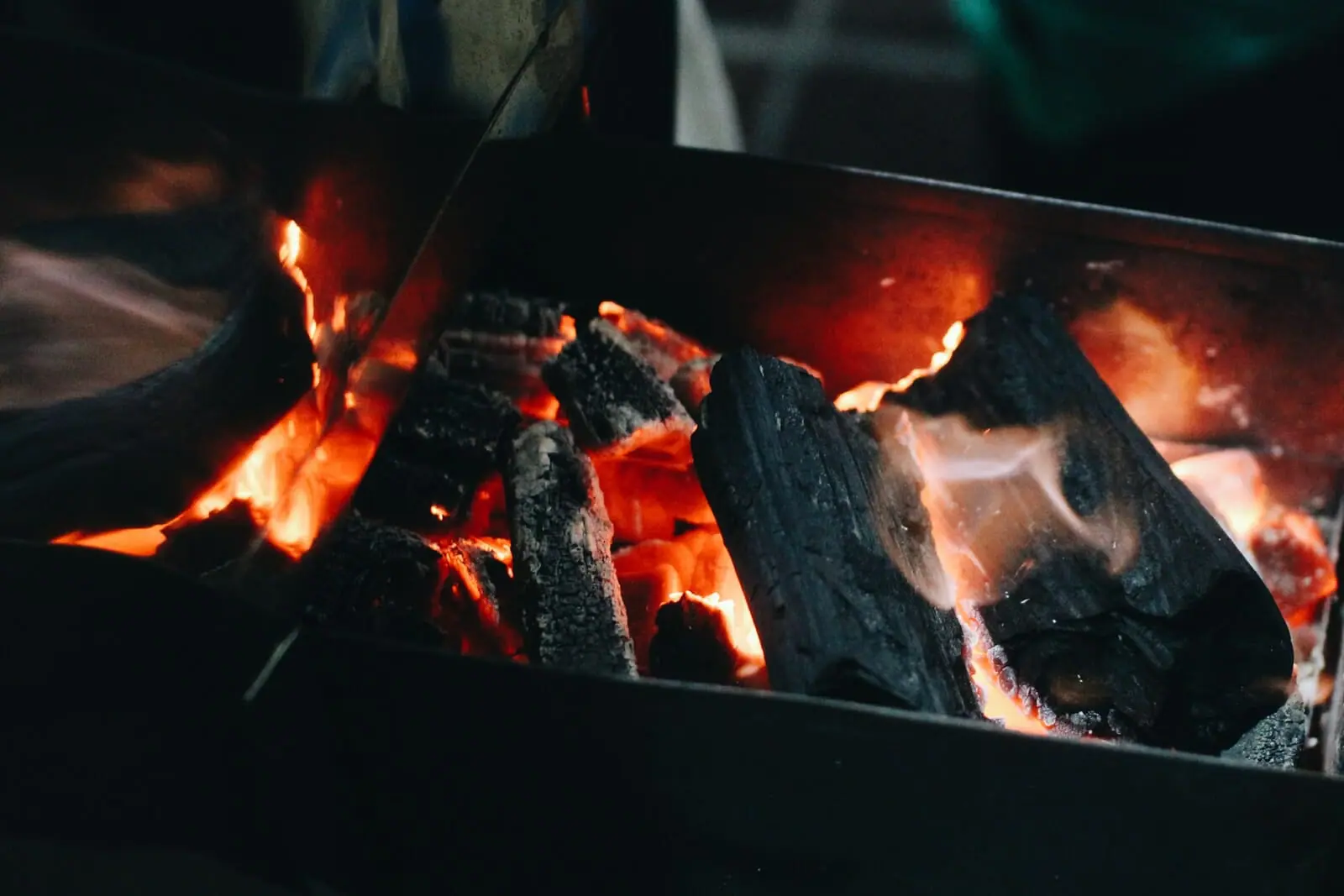
There are different types of inserts that you can use in your fireplace to enjoy clean and efficient heating. These include prefabricated inserts, modular inserts, and whole-wall inserts.
- Prefabricated inserts and whole-wall inserts are ready to use right out of the box. They come in various designs and shapes and fit into most fireplaces without any issues at all. Prefabricated inserts are very affordable options as they can be bought anywhere from under $100 up to around $4000.
- Whole-wall inserts are designed to be installed into a whole wall of your fireplace, thus allowing you to enjoy the benefits of the fire while at the same time keeping heat and air circulation in your home. They can be costly and extremely expensive, so it is up to you to decide which one you want to buy.
- Modular inserts come in different shapes and sizes, and they may require some effort from your part in order for them to fit correctly into your fireplace. However, this is generally the best option if you are looking for a fireplace insert that will last for years and will provide you with optimal heating.
- Modular inserts are designed to be used either in a fireplace or as a fire pit. These can be very affordable or very costly depending on their design, size, and power. Many homeowners who own modular inserts tend to add them to the back of their home in order to create an outdoor fire pit.
Benefits of coal fireplace inserts
- They are clean: The only thing that goes into the insert is coal, so there is no need to worry about any additional mess or smell.
- They are cleaner: Because of the way coal burns, you will not get any soot or ashes in your home and this makes it a much cleaner option than wood heating.
- They don’t produce smoke: This means that you do not have to worry about breathing in any harmful toxins from the fuel-burning process.
- They are cheaper: Because you don’t have to use as many firewood logs, you will save a lot of money on your fuel bill.
- They are efficient: By using coal in place of wood logs, you will be able to enjoy a more controlled burn and thus get better heating results.
- They provide more heat: The rate at which the fuel burns is much faster in comparison to wood burning.
- They are easier to use: To light the coal you don’t have to use a starter and you can control the flame just by placing the appropriate amount of coal into the insert.
- They are safe: There is no open flame involved, so you don’t have to worry about getting burned.
- They are portable: If you want to take them with you, they can be easily transported without any hassle.
Can you burn coal in a fireplace insert?
Some coal inserts come with a starter setup, which enables you to start the fire with a simple push of a button. However, there are also models that don’t come with these setups and you will have to take care of the fire yourself.
The insert should be placed in an area that is not too close to the walls or other objects and it shouldn’t touch any flammable materials such as curtains. You also need to make sure that the hole or opening of the insert is as big as possible, which will result in a better combustion.
What size of coal should I use?
The size of your insert will have a direct impact on its burning rate and heat output. The burned coal needs to be placed into the insert at the right angle and depth, which means that you need to find this out by trial and error.
As a rule of thumb, the amount of coal you will use should be around one pound per hour.
How often do I have to light the coal?
It is best to leave your insert for 12 hours at least. This means that you need to make sure that you are constantly monitoring your fire and adding more coal when the flame gets smaller. By taking these measures, it is possible to get a wood burning kind of burning heat.
How do you use a coal fireplace insert?
The coal in your insert will start burning when there is enough coal to create a good flame, which it does by using oxygen. You can control the effectiveness of the heat you are getting by properly controlling the amount of air and fuel that is passing through the fire.
Keep in mind that the temperature in your home will rise with every passing second, so you need to constantly deal with that as well.
Does it really save you money?
It all depends on the brand you choose, but on average, coal heating is about 70% cheaper than wood heating. The proof of this is provided by the excellent results provided by many homeowners who have taken advantage of this alternative.
Some people also report a scented and smoky smell in their home after switching to coal completely, as well as an increased need for cleaning products.
Conclusion
In the end, it all comes down to your personal preference. If you want a clean and efficient way of heating your home that is not as expensive as wood heating, then coal heating will be an excellent choice for you.
Remember to choose a good brand and find out about the different pros and cons associated with them before making a final decision on what kind of insert is best suited for your home.
